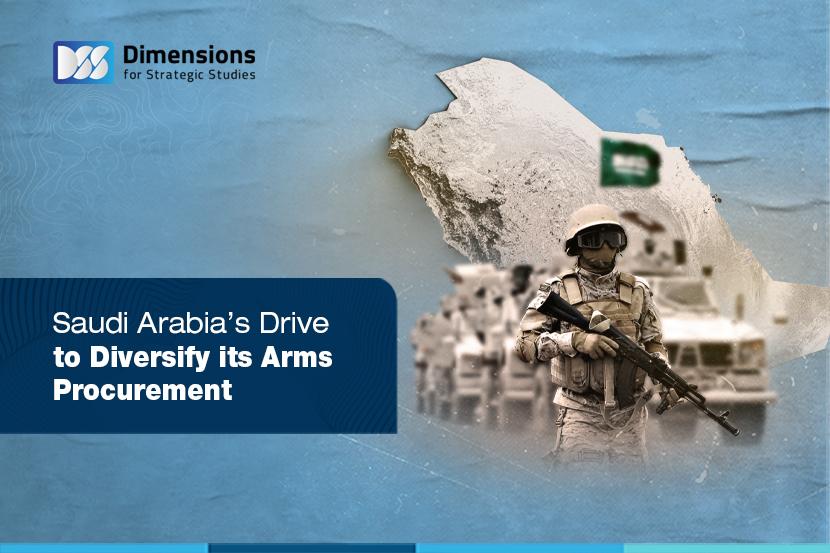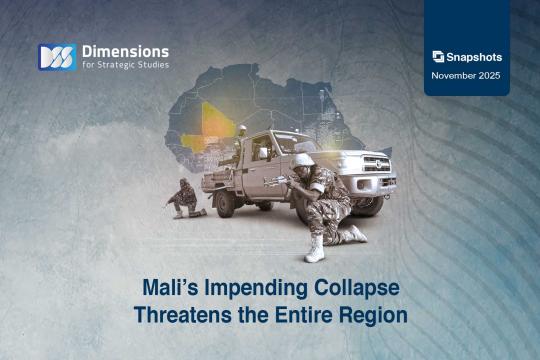
Saudi Arabia’s Drive to Diversify its Arms Procurement
2024-08-157603 view

The United States of America is the biggest supplier of arms to the Kingdom of Saudi Arabia, which, in turn, is Washington’s biggest buyer of weaponry through the U.S. Foreign Military Sales (FMS) program. These numbers reflect a decades-old partnership based on a common interest in security in the Gulf and in deterring any outside or regional power from destabilizing it.
Washington and Riyadh have cooperated militarily for decades, including through U.S. provision of air and missile defense systems and military aircraft to Saudi forces. In exchange, American forces are granted access to dozens of facilities belonging to the Saudi military, as well as maintaining two of their own military bases on Saudi territory: Eskan Village Air Base, which is the headquarters of the U.S. 320th Air Group and the 64th Expeditionary Group, and Prince Sultan Air Base, to which departed U.S. forces returned in early 2020 after a spike in tensions with Iran.
Yet despite this, the mission of American forces in Saudi Arabia is limited to training, advising, and protecting American interests in the region. They do not play a combat role, nor do they participate in Saudi wars such as that being waged against the Houthis in Yemen.
The U.S. even imposed a three-year ban on offensive weapons sales to the Kingdom to push it to end the Yemen war, a policy Washington finally lifted in August 2024. The Senate Foreign Relations Committee had also announced in 2022 that it would withhold arms sales to Saudi Arabia, in response to a decision by the Saudi-led oil cartel OPEC to cut output.
Washington has also shown hesitance in responding to relentless efforts by Riyadh to reach a joint strategic defense agreement with the U.S., similar to the latter’s commitments to member states of the North Atlantic Treaty Organization (NATO), or its treaty pledges to South Korea (1953) and Japan (1960) to defend their respective territories in the event of any attack.
All this, combined with the growing influence of Iran and its allies across the region, seems to have prompted Saudi Arabia to seek out different sources of arms—even to the point of concluding deals with Washington’s opponents, Russia and China.
Saudi Arabia is the world’s second-biggest importer of weaponry, accounting for 9.6 percent of total arms imports in the world between 2018 and 2022. Only India imported a greater share, with 11 percent. Indeed, Saudi Arabia imports more arms than it can possibly absorb.
Given that American weapons make up around 72 percent of these imports, it is clear that only by taking incremental steps over a long period will Saudi Arabia be able to reduce this American leverage. Nor will other arms suppliers to the kingdom be able, at least in the immediate future, to furnish it with weapons of the same quality and effectiveness as those it buys from the U.S.
To read this report in full (in Arabic), click here .





